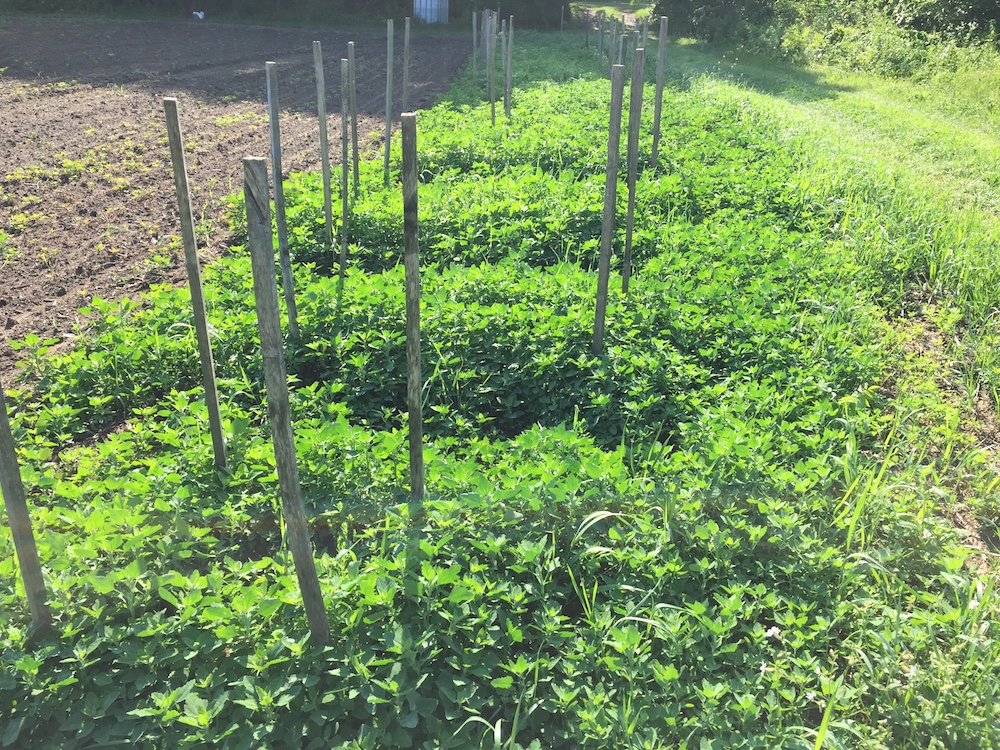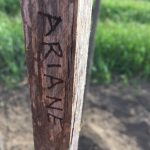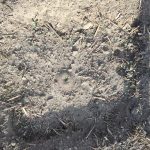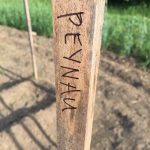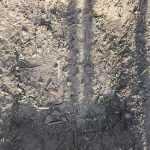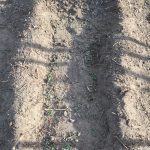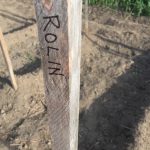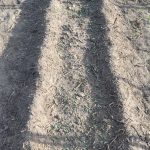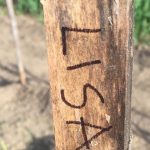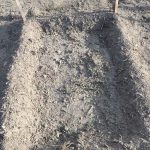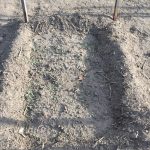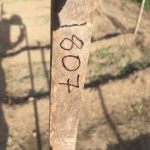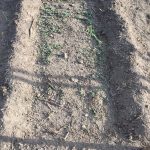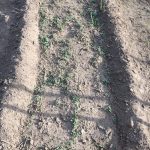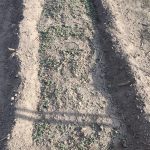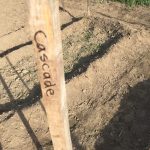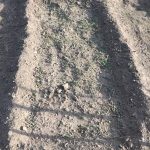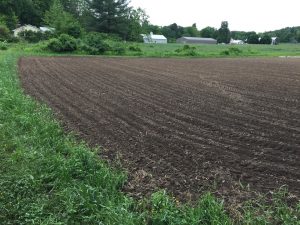Ever since I planted my swamp milkweed (Asclepias incarnata) in 2014, it has suffered from yellow aphids. I thought I had mentioned this problem in an earlier post. However, when I went back to look for it, I found that comment was buried in a lot of other information about praying mantises and pesky garden bugs. So, here’s a post dedicated to my swamp milkweed and how it’s doing this summer.
There are many dimensions to the life of any plant, so I divided this up into sub-categories.
Yellow Aphids
I did a better job this year checking the plants for aphids. For most of the summer I didn’t notice any, and the plants seemed happy. I had been worried they wouldn’t come back because some of the plants were very badly affected by yellow aphids last summer. They had sad withered stalks and gave up the ghost early in the season. Last week, I noticed aphids for the first time, and promptly washed them off with water. I am used to squishing bugs, and tiny ones like aphids don’t gross me out too much. So, I employed a “rinse and squish” method of physical removal.
Here are yellow aphids on the base of the stalks, close to the ground:
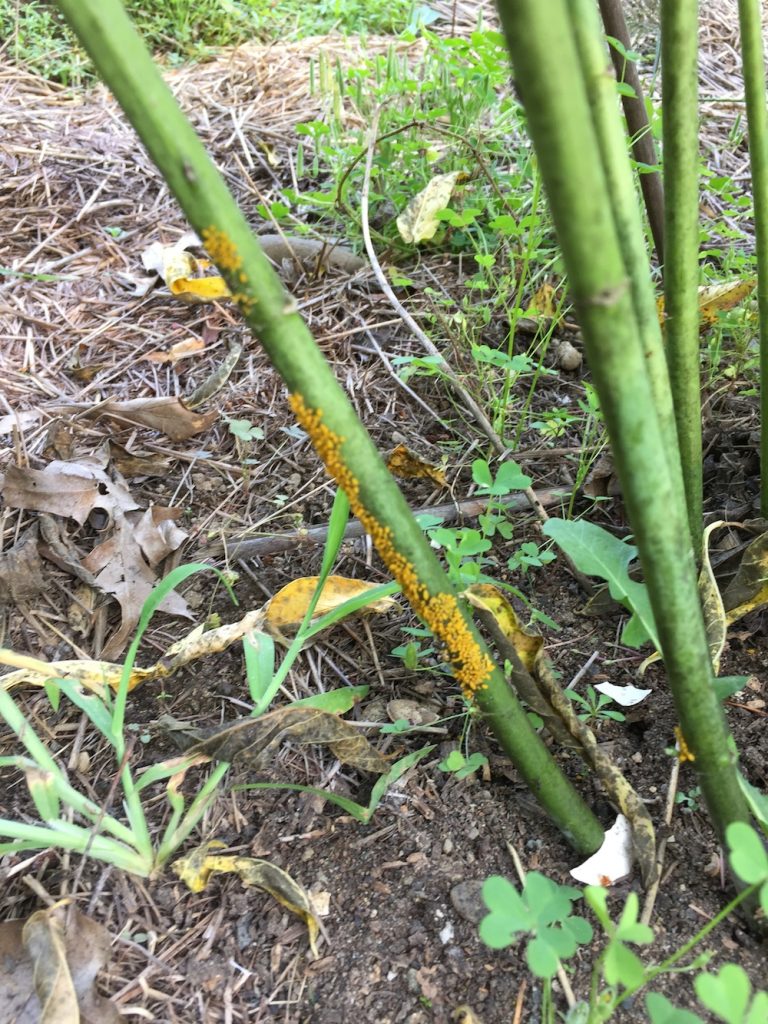
Continue reading “Swamp Milkweed Update” →
